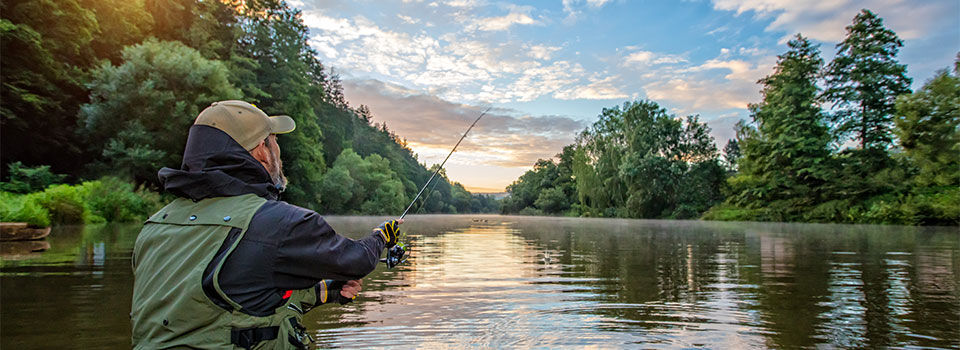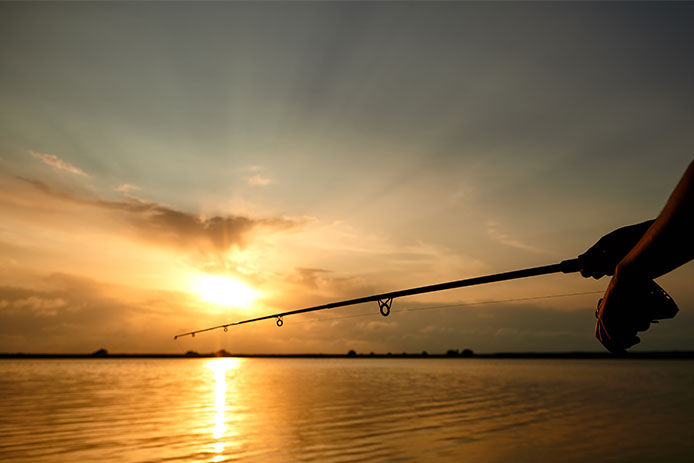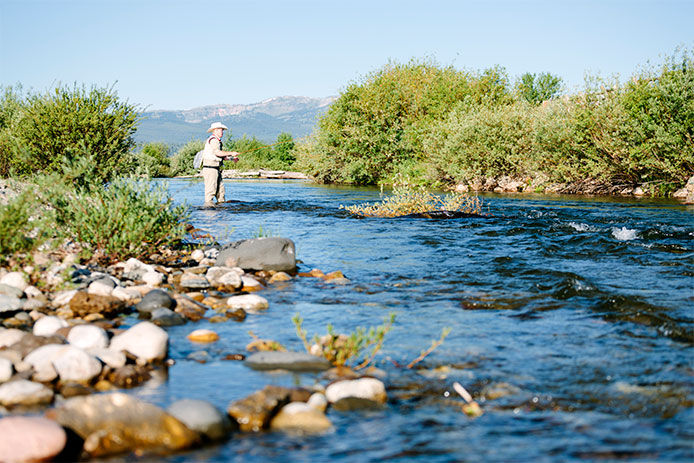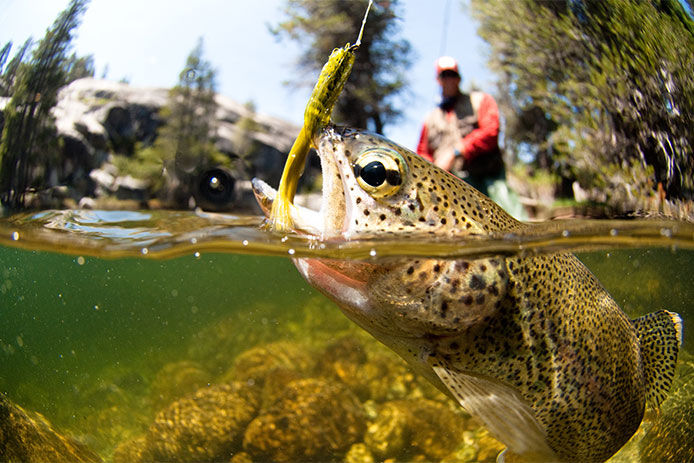Tips and Techniques for River Fishing Success

The rushing river isn’t just great for tubing or kayaking for summer fun. For a slower-paced way to appreciate the water, try river fishing. You may even be able to enjoy a tasty dinner as a result. Even so, river fishing is a whole different experience from lake or pond fishing, where still waters give you complete control over where you cast your bait. Freshwater rivers can range in size, fish species, and challenge, but they all offer something different. You could visit a different river every time you go fishing and never feel like you’re having the same experience. To get the most out of your next river fishing trip, try these tips.
Good Seasons for River Fishing

Summer is the peak time for all types of river fishing. No matter the technique or the fish species prevalent in your area, the most activity will generally occur during the warmest months of the year. Spring and fall tend to offer fewer opportunities than the peak of summer. However, cold-temperature river fishing in the winter can also provide decent options in the Midwest and Northeast, in particular. Pike and perch are two fish that are often easier to get out of rivers in the winter when they’re aggressive and hungry. Across the country, creeks and streams will offer trout in the winter as well since these cold-water fish don’t go deep to rest over the winter. Winter river fishing has more hazards due to higher water levels and risks of hypothermia, so stick to safe and well-known banks and fishing areas for this season.
Times of Day to Hit the River

It takes the water in a moving river longer to warm up in the morning than it does in a placid lake or pond. However, insect activity is the heaviest right after sunrise on most moving bodies of water. This means that getting up early and hitting the river around 6 am to 7 am can yield exciting results. Insect activity increases around the late afternoon to early evening again. Of course, this applies only to summer and warm-weather fishing. In the winter, it’s best to wait until sunlight warms the water’s surface and concentrate fishing efforts from 10 am through 3 pm. This is when cold-water species rise to search for food floating in the flow of the water, giving you the best chance to attract them with lures.
What to Bring for River Fishing

Fly fishing is a popular type of river fishing, but it is its own art form, with a whole world of different equipment and techniques from standard freshwater fishing. If you’re planning to use roughly the same gear as you’d use in a lake or pond, that’s just fine too. Wading chaps or gaiters are a good choice if you want more access through the shallow areas to deeper spots where bigger fish wait. Spinning rods give you the most opportunities to try out popular river fishing techniques like bottom bouncing and upstream casting without requiring the extra work or cost of fly fishing equipment. Light reels should be appropriate for most techniques, but you may need a centerpin or baitcasting reel for bringing in heavy species like steelhead or accurate bottom casting. Don’t forget the usual tools like nets, coolers, your favorite hooks, live bait and lures, and some snacks to keep your energy levels up.
Where to Cast Your Line

The river is always moving and rolling. Yet if you learn where to look, you can find areas of relatively calmer water that tend to hold fish. Each species found in the river varies when it comes to where it prefers to hide, but there are common features found in all rivers that will host some kind of fish. Try the following spots to figure out what’s available in a particular river:
- Shallow areas where water rolls over gravel or sand beds often host trout, walleye, and more
- Merging currents where two rivers meet or where a side stream enters the larger flow bring in extra food, drawing fish that are willing to withstand the turbulence to feed
- Stumps and overhanging debris or vegetation create protected areas for fish to hide, just like in the lake
- Large rocks or rock piles and islands of debris help break up the flow and create slow areas where fish rest facing the oncoming current.
Techniques to Catch More Fish from the River

There are several advanced river fishing techniques like fly fishing, but they’re not something you can pick up in one afternoon. There are three main techniques for newcomers that are easy enough to learn right away. The first is river jigging, or the use of mid-weight jigs to target fish hanging around points where rivers open or come together. Jigs under ¼ ounce in weight drift well for targeting areas under banks and treelines. When targeting trout, upstream casting with spinnerbait is the usually recommended technique. Trout have good vision for shadows and movement, so they’ll dart away if you cast directly over them. Letting the spinner float naturally downstream avoids triggering their startle response. Finally, bottom bouncing is the winter technique of choice and works well in the summer for bottom feeders. Use a sinking rig to carry live bait or scented lures to target Steeleye and the biggest walleye.
River fishing is a challenging, always-changing form of recreation that forces you to use all your skills as an angler. With different opportunities at every body of water, there’s always something new to discover or learn about this kind of fishing.